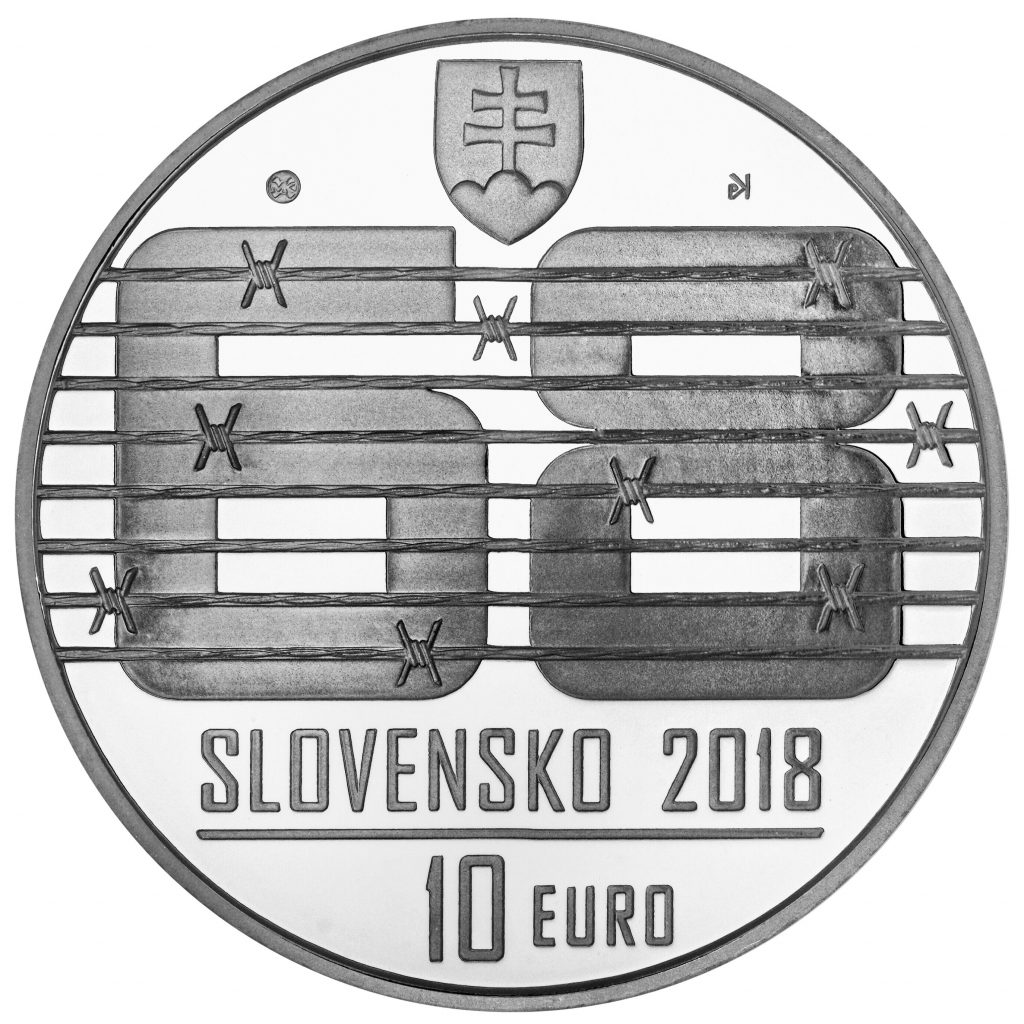-
NBS Tasks
Browse topics
- Monetary policy
- Financial market supervision
- Financial stability
- Banknotes and coins
- Payments
- Statistics
- Research
- Legislation
-
Publications
- Activity Report of the NBS Innovation Hub Annual Report Economic and Monetary Developments Financial Stability Report Investment Policy Statement of the National Bank of Slovakia Macroprudential Commentary Policy Briefs
- Report on the Activities of the Financial Market Supervision Unit Research Papers: Working and Occasional Papers (WP/OP) Statistical Bulletin Structural Challenges Other publications Sign up for your email notifications about publications
- About the Bank
- Media
- Frequently asked questions
-
For the public
Browse topics
- About the Bank
- Exchange rates and interest rates
- Banknotes and coins
- Payments
- Financial stability
- Financial market supervision
- Statistics
- Legislation
-
Publications
- Activity Report of the NBS Innovation Hub Annual Report Economic and Monetary Developments Financial Stability Report Macroprudential Commentary
- Report on the Activities of the Financial Market Supervision Unit Research Papers: Working and Occasional Papers (WP/OP) Statistical Bulletin Other publications Sign up for your email notifications about publications
- Frequently asked questions
- Media
- Careers
- Contact
The spontaneous, non-violent civic resistance against the Warsaw Pact invasion of August 1968
€10 silver collector euro coin
The late 1960s in Czechoslovakia saw the emergence of a society-wide movement for democratisation of the communist regime. The Soviet leadership monitored these developments with increasing concern. In early August 1968 representatives of Warsaw Pact countries met in Bratislava and signed the Bratislava Declaration, which stated in part that “it was the common internationalist duty of all socialist countries to protect and consolidate socialist gains”. It was supposedly at this time that a ‘letter of invitation’, giving an appearance of legitimacy to the impending military intervention, was passed to the Soviet leadership. On the night of 20-21 August Czechoslovakia was invaded by armed forces from several Warsaw Pact countries. The invasion force included three hundred thousand foreign soldiers and more than six thousand tanks and combat vehicles. As a result of the invasion, the reform process was stopped and the period of ‘normalisation’ began. The invasion of Czechoslovakia shocked the world and triggered spontaneous civic resistance that made headlines at home and abroad.
-
Coin description
Obverse:
The obverse design of the coin depicts barriers of barbed wire with the number ‘68’ positioned behind them, representing the period of oppressive “normalisation” that followed the invasion of Czechoslovakia by armed forces of the Warsaw Pact in August 1968. The Slovak coat of arms appears at the top of the coin. At the bottom are the name of the issuing country ‘SLOVENSKO’ and the year of issuance ‘2018’, together with the coin’s denomination and currency ‘10 EURO’ separated by a horizontal line. To the left of Slovakia’s coat of arms is the mint mark of the Kremnica Mint (Mincovňa Kremnica), and to the right are the stylised letters ‘PK’, the initials of the coin’s designer, Patrik Kovačovský.Reverse:
The reverse features a fragment of Laco Bielik’s photograph “The Bare-chested Man in front of the Occupiers’ Tank” placed in front of the number ‘50’ and the word ‘výročie’ (anniversary), symbolising the 50th anniversary of the invasion of Czechoslovakia by the Warsaw Pact armed forces. At the top of the coin is the inscription ‘AUGUST 1968’.
-
Coin details
Designer: Patrik Kovačovský Composition: .900 silver, .100 copper Weight: 18 g Diameter: 34 mm Edge: • 21. AUGUST 1968 Producer: Kremnica Mint Engraver: Dalibor Schmidt Issuing volume: 2,850 coins in brilliant uncirculated quality
6,650 coins in proof qualityIssuing date: 9 August 2018

